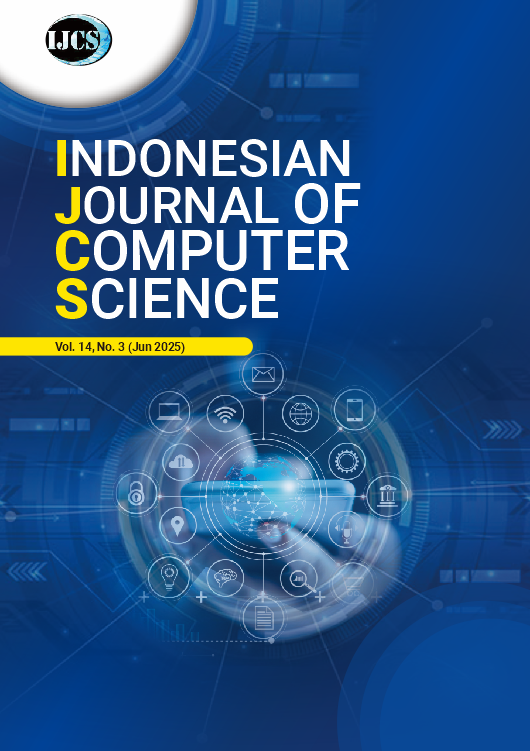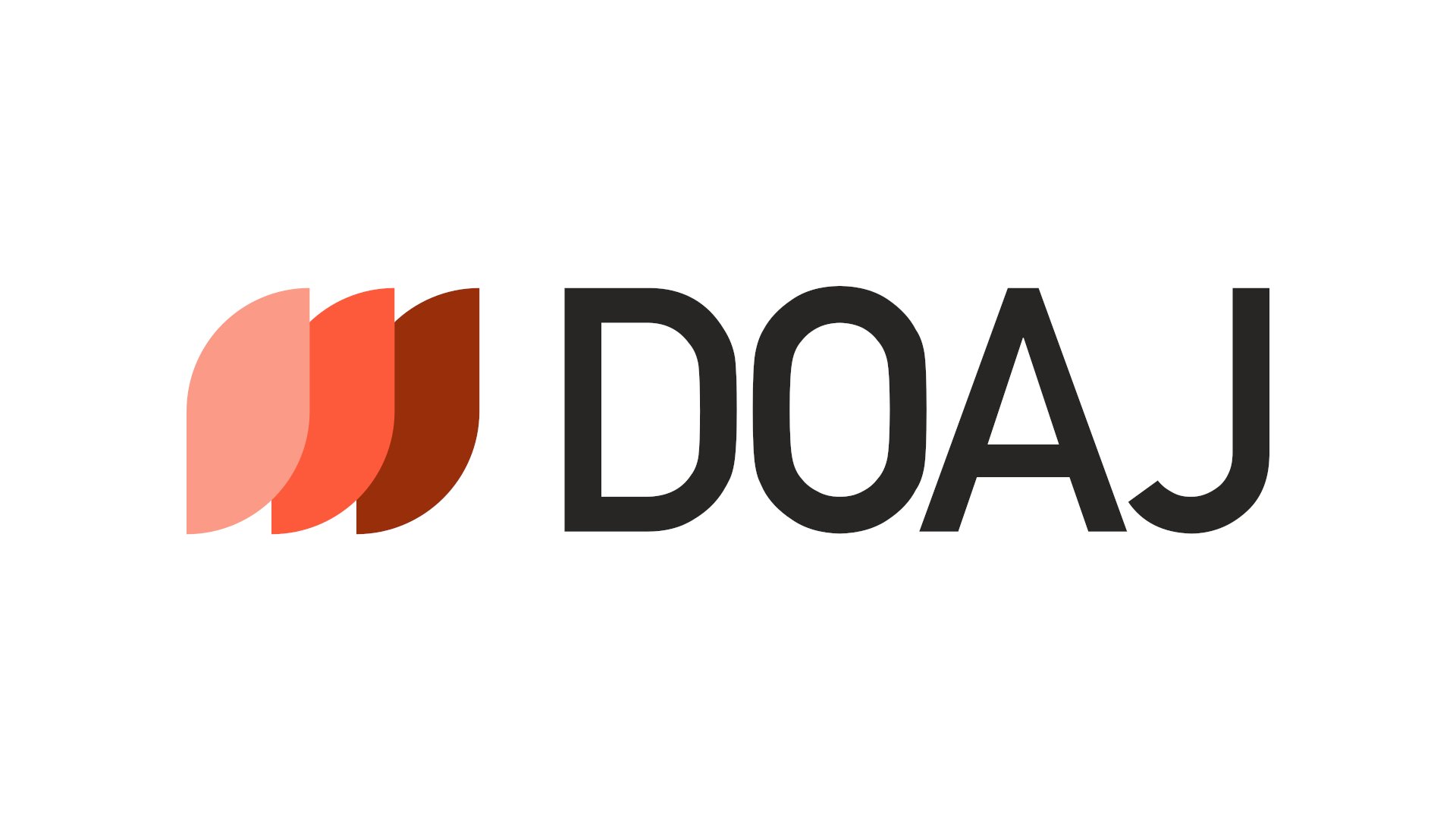Optimizing Water and Energy Resources: Forecasting Kariba Dam Water Levels Using the ARIMA Model Amid Load Shedding Challenges in Zambia
DOI:
https://doi.org/10.33022/ijcs.v14i3.4889Abstract
The Kariba Dam is a critical source of hydroelectric power for Zambia, but fluctuating water levels have led to recurrent load shedding, impacting economic productivity and daily life. Effective forecasting of water levels using the ARIMA model can help optimize resource management, improve energy planning, and mitigate the adverse effects of power shortages. The study aimed to forecast water levels at Kariba Dam from 2022 to 2035 using the Autoregressive Integrated Moving Average (ARIMA) model. Utilizing historical data from 1924 to 2021, the Box–Jenkins modeling approach was employed to develop the most suitable predictive model for capturing the stochastic variations in water levels at Kariba Dam. The best-fitting ARIMA (6,1,3) model was selected based on statistical criteria, including log likelihood, Sigma, and Akaike and Bayesian information criteria, ensuring robustness and accuracy. The results indicate a fluctuating trend in water levels with a slight overall increase of 4.56% over the forecast period. These findings have significant implications for water resource management, hydropower generation, and climate resilience planning. The study highlights the importance of adaptive strategies to mitigate potential risks associated with water level variability, ensuring sustainable energy production and transboundary water governance for Zambia.
Keyword: Forecasting, Kariba Dam, Water Levels, Load Shedding
Downloads
Published
Issue
Section
License
Copyright (c) 2025 Julius Zulu, Gardner Mwansa

This work is licensed under a Creative Commons Attribution-ShareAlike 4.0 International License.





